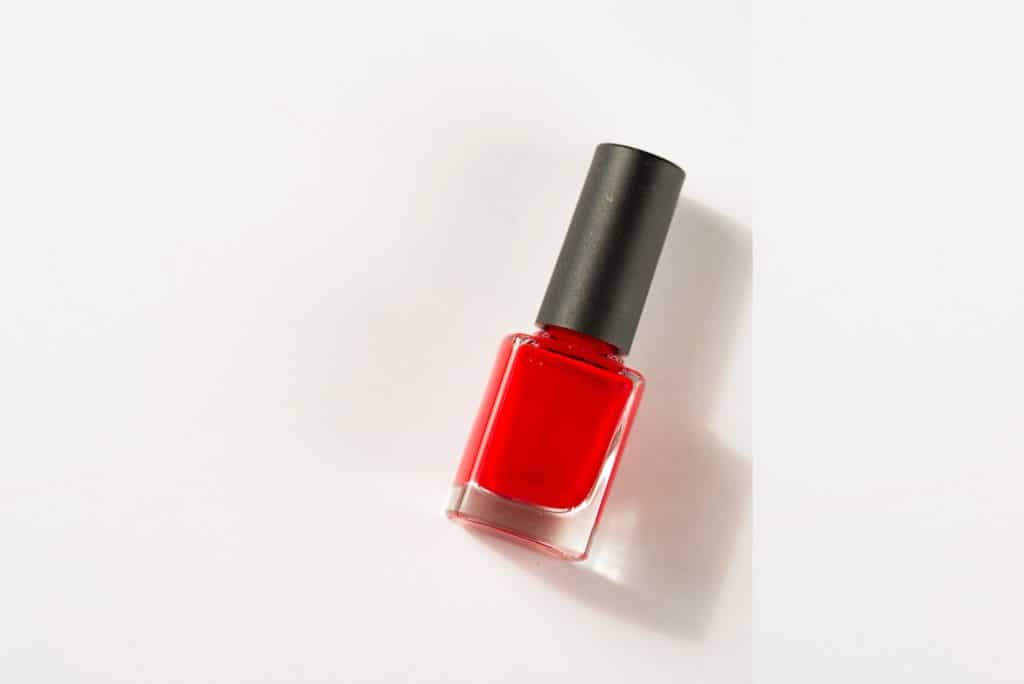Airbeds are a cost-effective and space-saving alternative to conventional beds.
Even the greatest air mattress, though, is susceptible to rips and leaks.
The good news is that these issues are simple to solve, and you may not even require the patch kit that came with your airbed.
Duct tape, superglue, and even nail paint may be used to repair an air mattress.
Do you want to know more? Read on!
Making Preparations
Whatever method you choose to repair a hole in an air mattress, you must first prepare the mattress.
The following are the measures to take:
Find the leak.
Inflate the mattress to its maximum capacity and close the valve as usual.
Then listen for the sound of air escaping from your airbed.
Alternatively, create a solution of dish soap and water and saturate the mattress with it.
The escaping air will condense into foam or bubbles, making the hole easy to see.
Once you’ve located it, make a mark with a tailor’s pencil or a marker and let the airbed dry before moving on to the next step.
Completely deflate the mattress.
If there is any air within, the patch or adhesive will not create a tight seal, and you will have to fix the hole again.
Scrub it. If the puncture is on the airbed’s flocked top, clean the area to allow the patch to attach correctly.
To prevent hurting the mattress, use mild sandpaper and don’t rub too hard.
Your airbed is now available for repair!
Here are the top five methods.
Related: Best RV Short Queen Mattresses of 2025
#1. Create a Patch Kit
Gluing a patch to the leaking spot is the simplest approach to repair an air mattress.
Although some airbeds come with a repair kit, what if you don’t have one on hand?
Don’t be concerned!
You may make a patch out of any thin plastic or rubber material, such as:
- a shower curtain panel;
- a swimming pool lining;
- a section of inner bike tire (the soft rubber one).
And here’s what you’ll need to fix your airbed:
- Cut the quantity of material required. To achieve a good seal, your patch should cover the leak completely and stretch out at least an inch on each side.
- Surfaces should be cleaned. Rubbing alcohol or nail polish remover may be used. Degreasing gets rid of any lipid residue that might hinder the patch from sticking to the mattress.
- Follow the directions for applying the adhesive. Some adhesives must be applied to both the mattress and the patch, while others may be applied to either the mattress or the patch. To ensure that the seal is tight, use a substantial quantity of adhesive.
- Hold it down. After applying the adhesive and positioning the patch, push it down with your palm or anything heavy for at least a couple of minutes. To be on the safe side, you might allow the mattress to dry overnight.
Inflate the airbed when the adhesive has dried and inspect your work.
Related: How to Choose A Mattress?

#2. Glue with Superglue
Superglue might be useful for healing an airbed puncture with two edges that need to stick together, such as a little scissors cut or a knife puncture.
You may use superglue to repair the hole in the airbed in two ways:
Use it as an adhesive for a prior DIY-patch procedure or just squeeze it over the hole without any patches.
Apply the adhesive to the puncture using stitch-like movements.
When the first coat is dry, apply another layer until the puncture and at least 0.5″ surrounding it are completely covered.
After that, inflate the mattress and inspect for leaks.
When you’re camping and don’t have a patch kit with you, superglue is a fantastic option for fixing a mattress.
#3. Gel Nail Polish
This procedure necessitates some preparations (you’ll need a UV light source to initiate the polymerization process in the nail polish), but it’s rather successful.
It also fits any hole size, which is fantastic.
If your air mattress has a little hole, here’s how to fix it using gel polish.
- Regardless of whether the hole has flocking or not, sand the area surrounding it.
- Allow to dry after cleaning with rubbing alcohol or nail polish remover.
- Over the hole, dab a drop of nail paint.
- To cure the nail polish, turn on the UV light and place it over the drop for 10-15 seconds.
- If necessary, repeat.
This approach may be used if the mattress has a major puncture that needs a patch to be placed over it:
- Degrease and sand the area.
- To hide the hole, cut a piece of transparent shower curtain. Clear materials are ideal because they allow UV light to pass through.
- Apply a thick coat of nail paint to the cut piece and put it over the hole.
- Turn on the UV light and place it 15-20 seconds above the patched area.
- Rub on the patch to see whether it is secure.
Although gel nail polish makes a tight seal, it is only a temporary solution, therefore you should invest in a mattress patch kit.
Related: How to Get Blood Out of Mattress?

#4. Marine Goop Glue
Marine Goop (also known as Amazing Goop) is one of the most powerful adhesives available today.
Because Marine Goop is waterproof, UV-resistant, and can be used as a sealer, it’s an excellent option for fixing a leaking airbed if you want to use it outside.
As a result, the procedure is as follows:
- Degrease and sand the surface. On a little rough surface, Goop generates a better seal. But don’t overdo it to the point of rubbing the airbed.
- Over the leak, apply a thin coating of Goop. Make an even seal above the puncture, covering approximately half an inch all around it. To protect your hands, use an old toothbrush or an art brush, and wear rubber gloves.
- Allow the sealant to dry completely. The manufacturer suggests allowing the sealant to cure for at least 24 hours, however this may vary based on your home’s environment or temperature.
Related: How to Clean A Mattress?
#5. Employ a Hot Glue Gun
Although a hot glue gun may seem contentious, it may assist you in mending your mattress, albeit the seal will only last approximately a week.
If you don’t have a repair kit on hand, you may attempt the following method:
- Mark the spot on your mattress where the hole is.
- Turn on the glue gun and insert the glue stick, allowing it to heat up.
- Squeeze the glue gun’s trigger and dab a tiny glob of hot glue over the hole, totally sealing it.
- Allow the glue to cool before inflating your mattress to assess the seal’s quality.
This procedure is great for minor holes that don’t need to be patched.
Also, use caution while applying hot glue to the mattress to avoid creating another hole.
#6. Use Duct Tape To Patch A Hole
Finally, if you don’t have any glue on hand and need to repair a hole in an air mattress without a patch kit, use duct tape.
Apply a piece to the degreased surface that is big enough to cover the puncture and some space around it.
However, since the duct tape adhesive loses its hold over time, you may need to repatch the hole on a frequent basis if you want to utilize this remedy.
However, it could work as a temporary remedy until you can purchase a patch kit or a strong glue to properly close the hole.
Have you tried any of these techniques yet?
Please share your story in the comments section.










